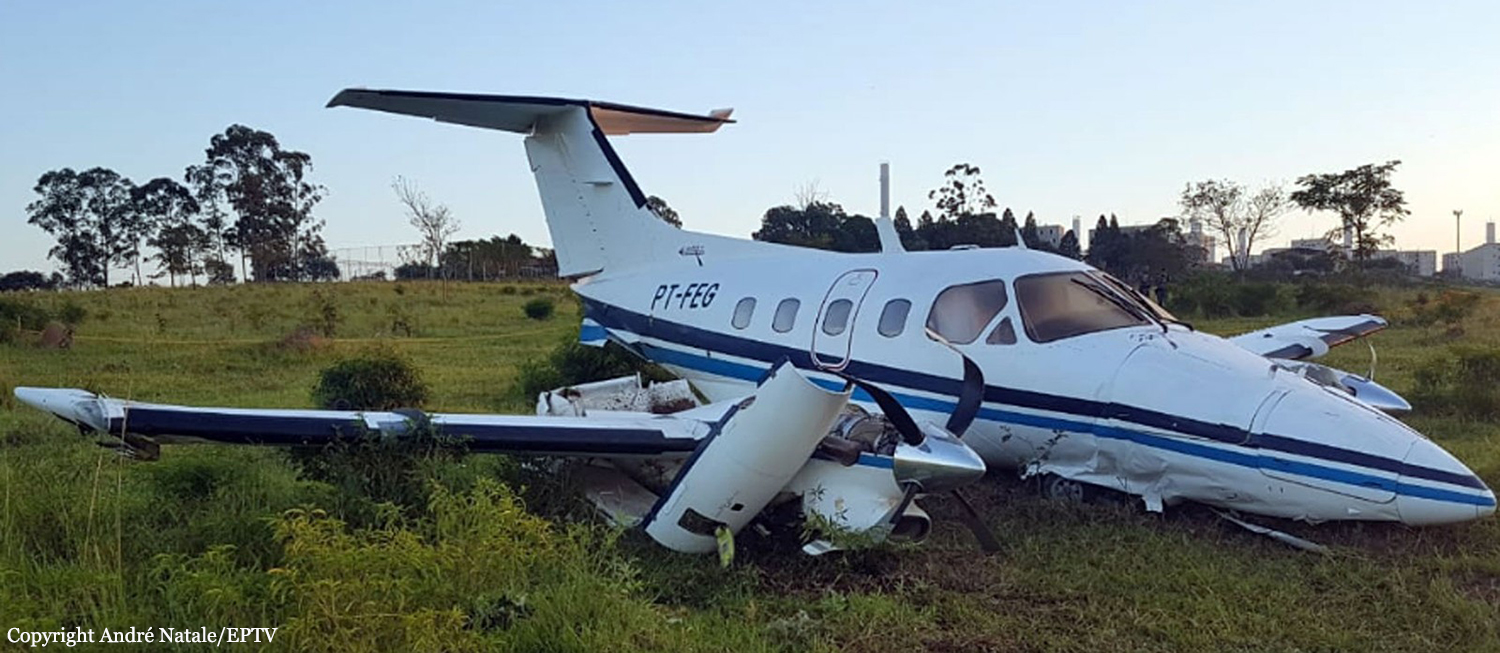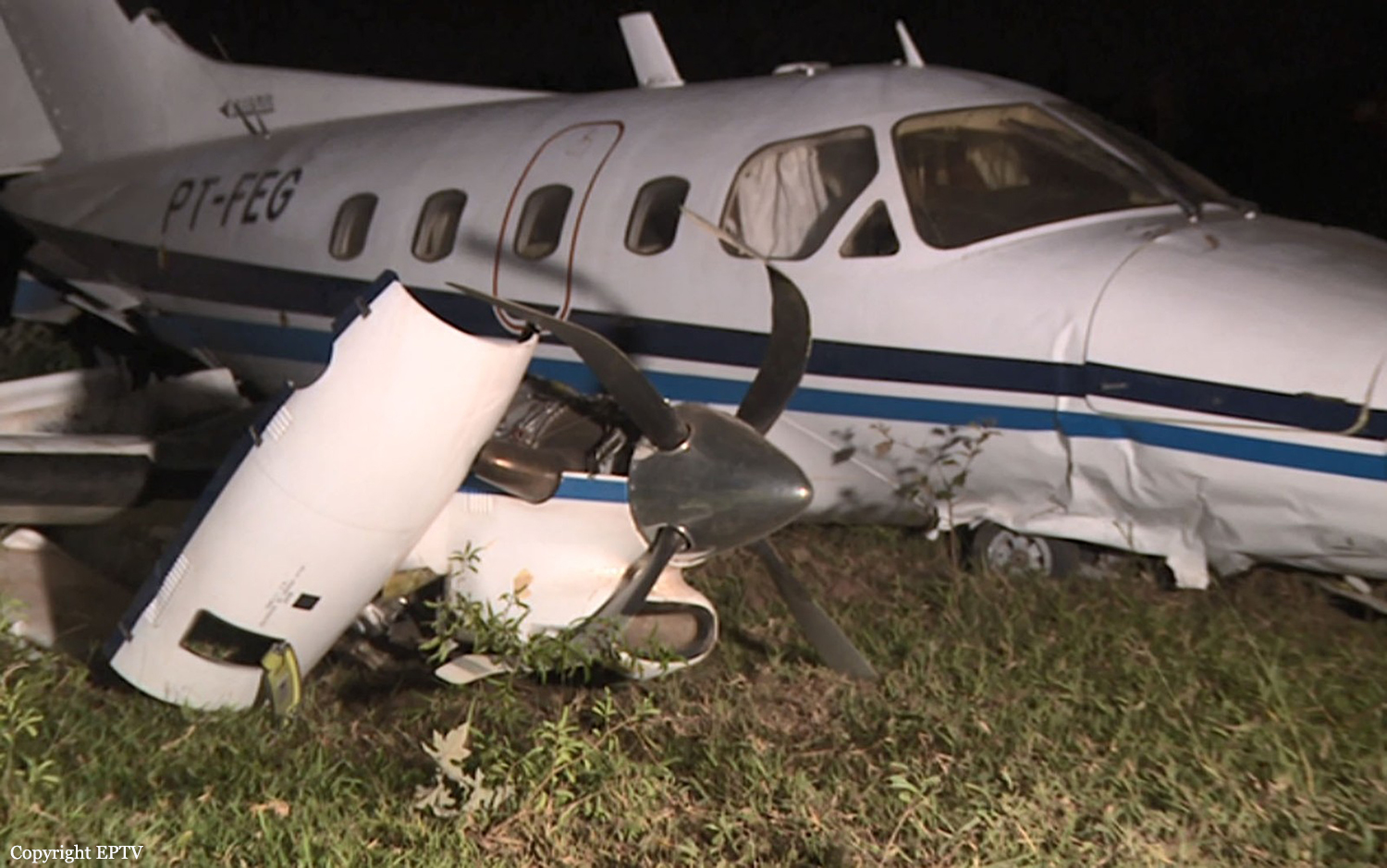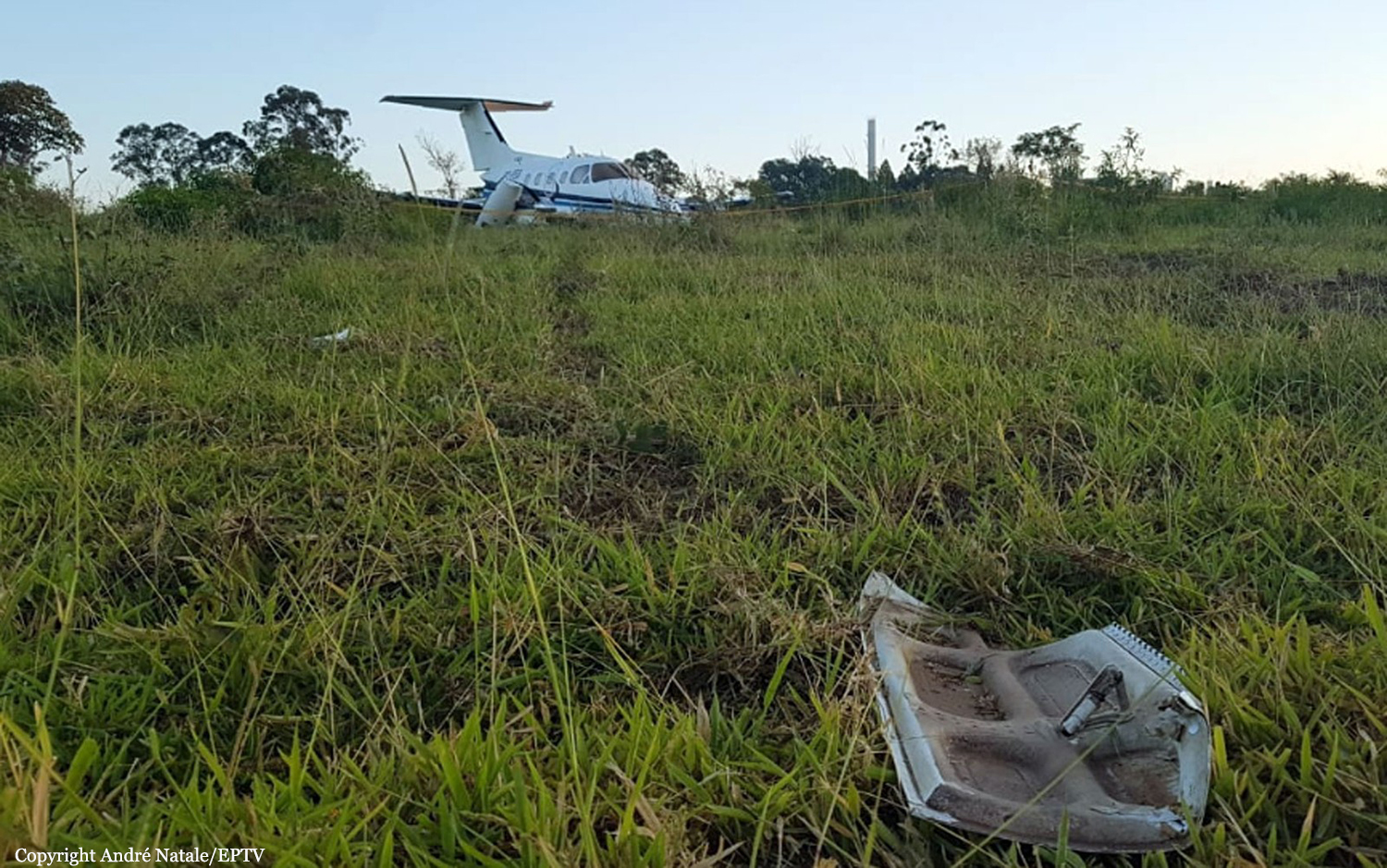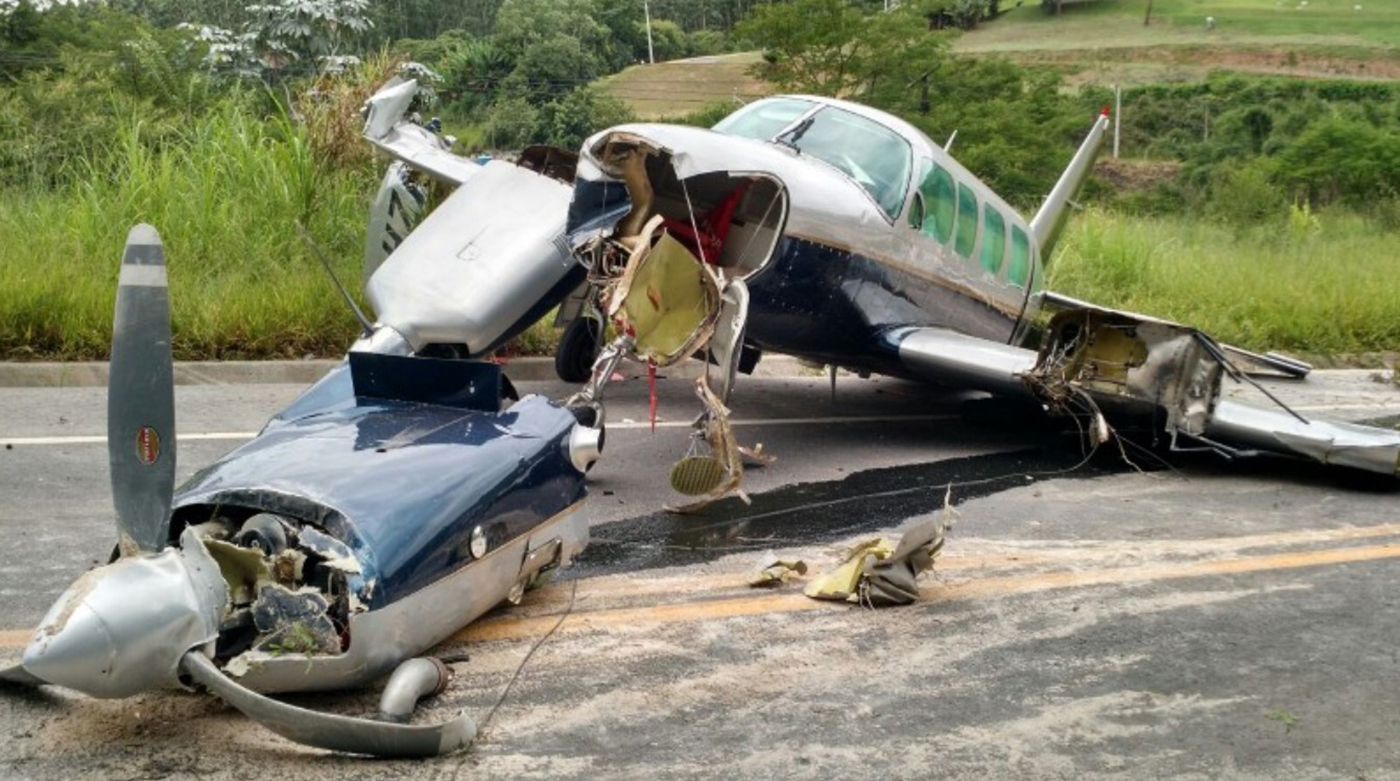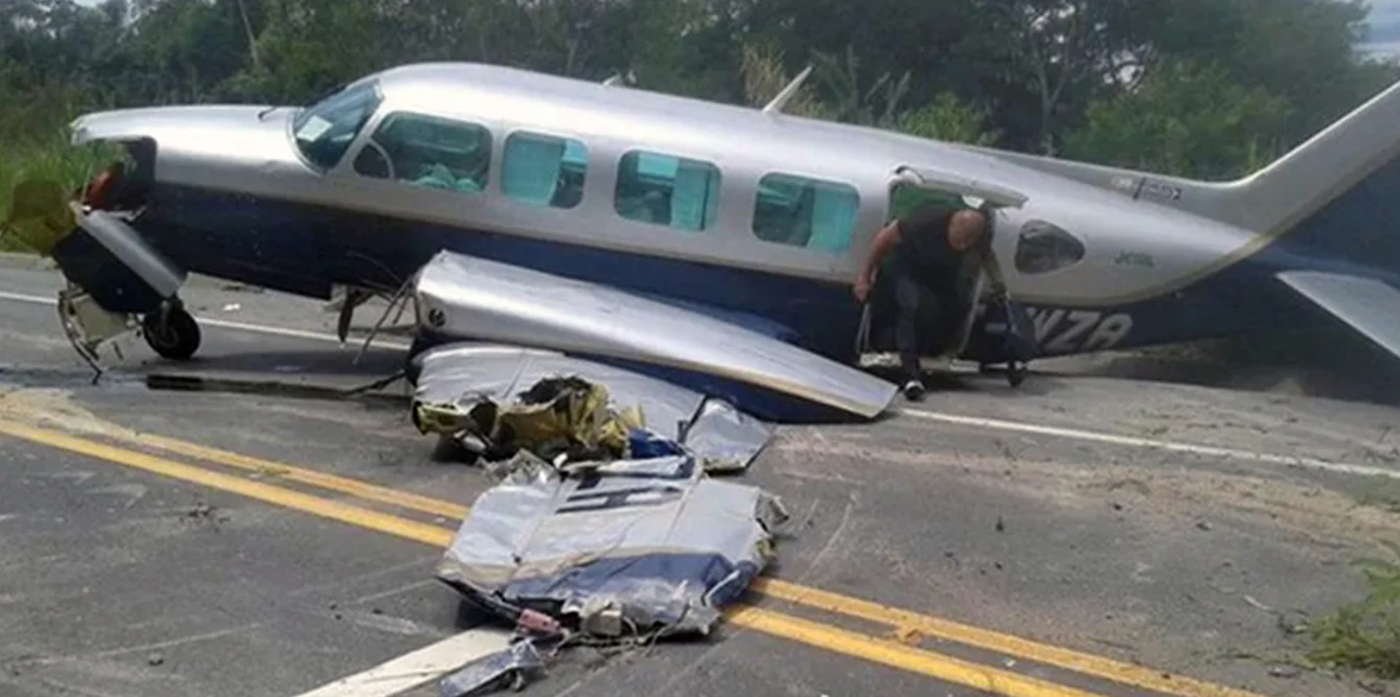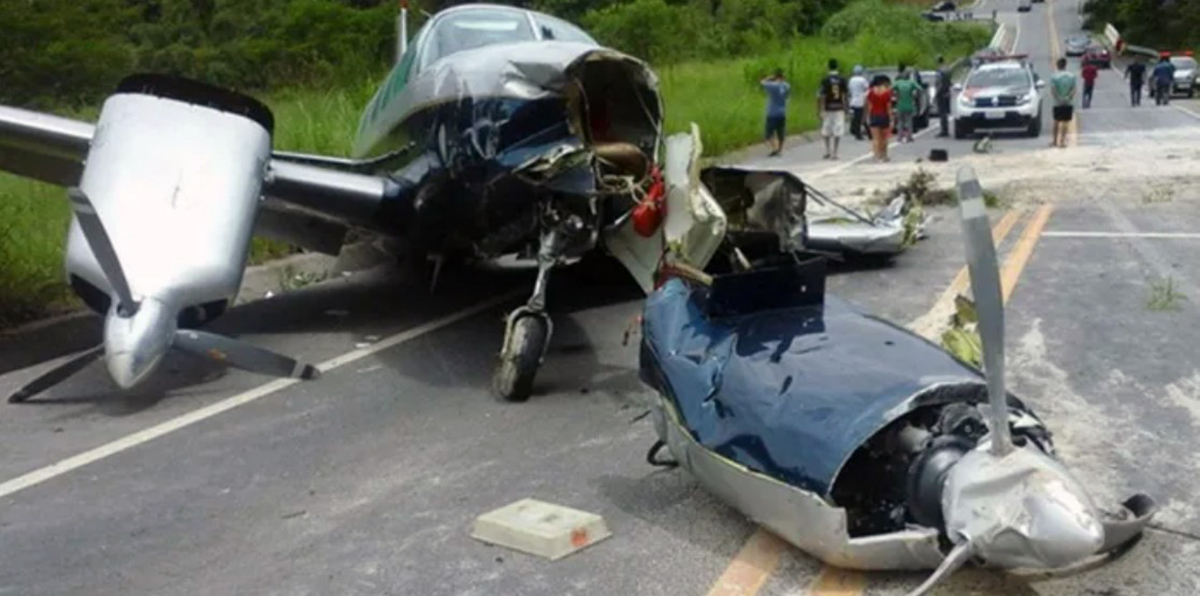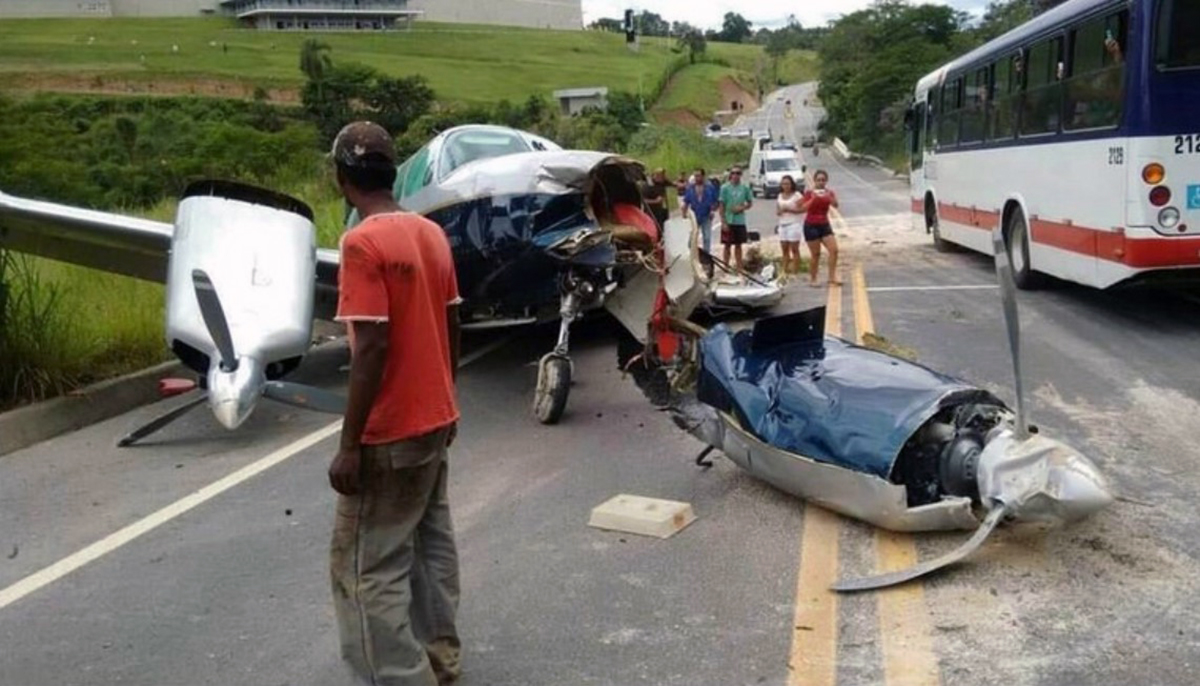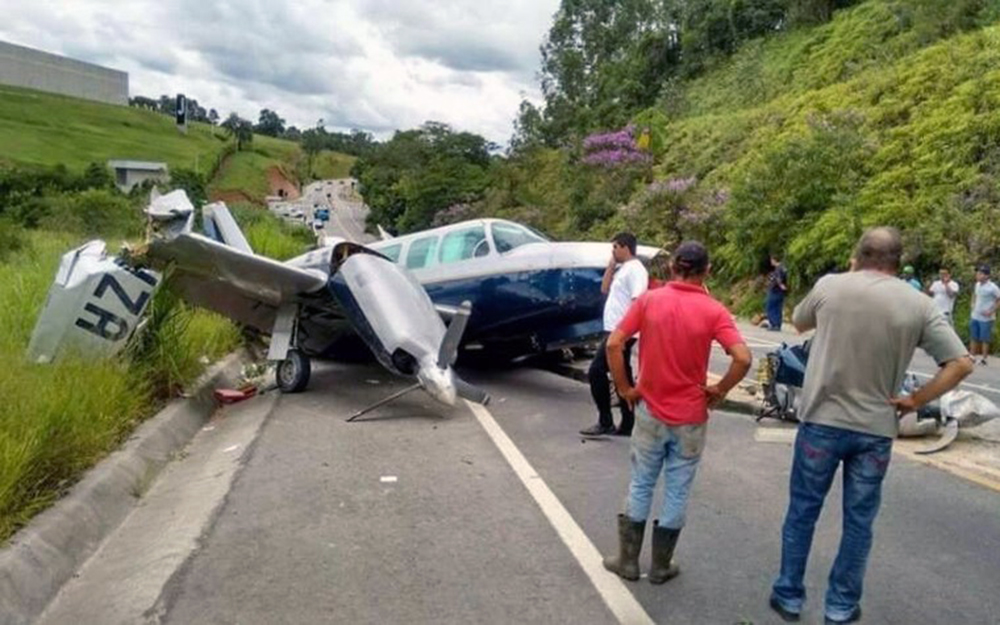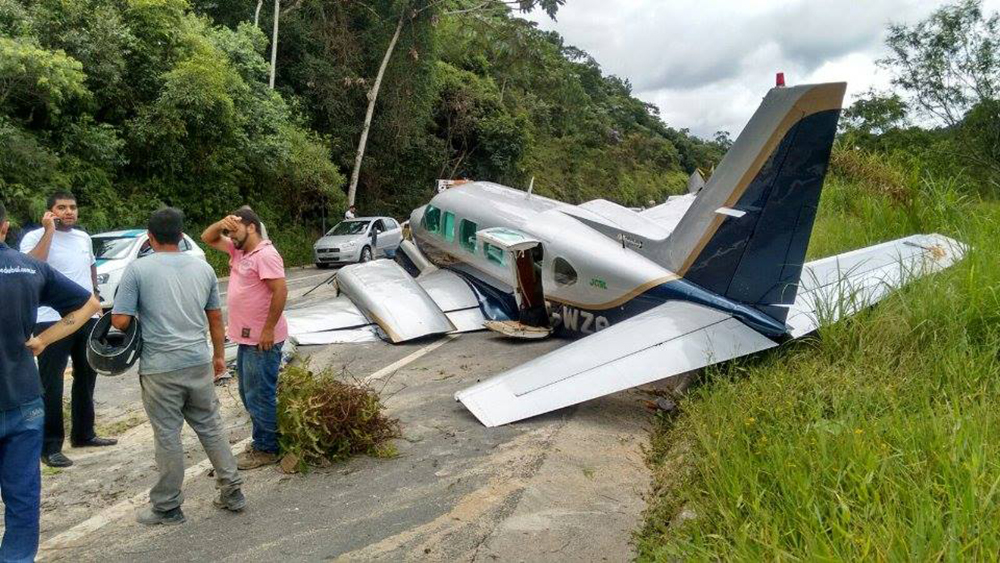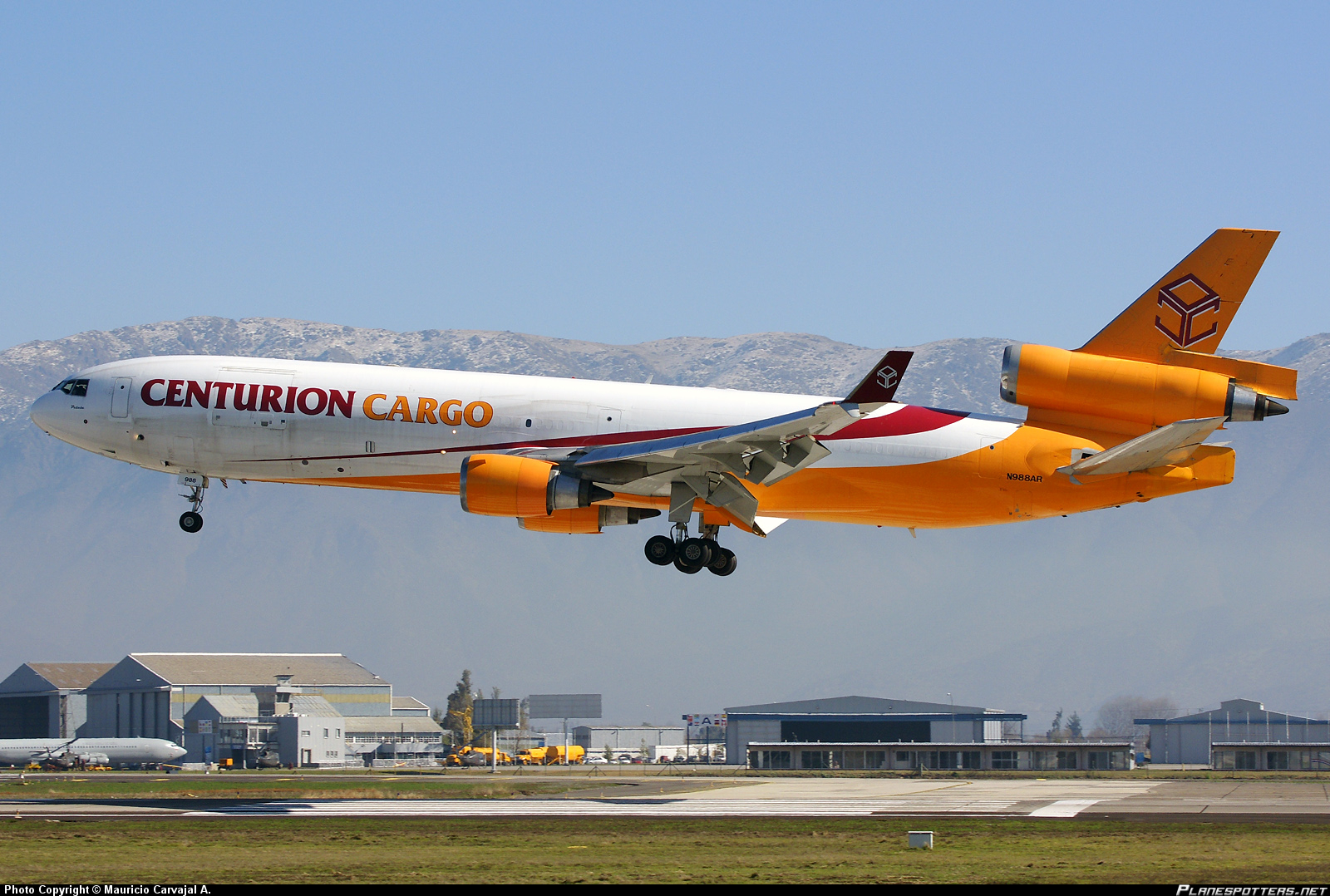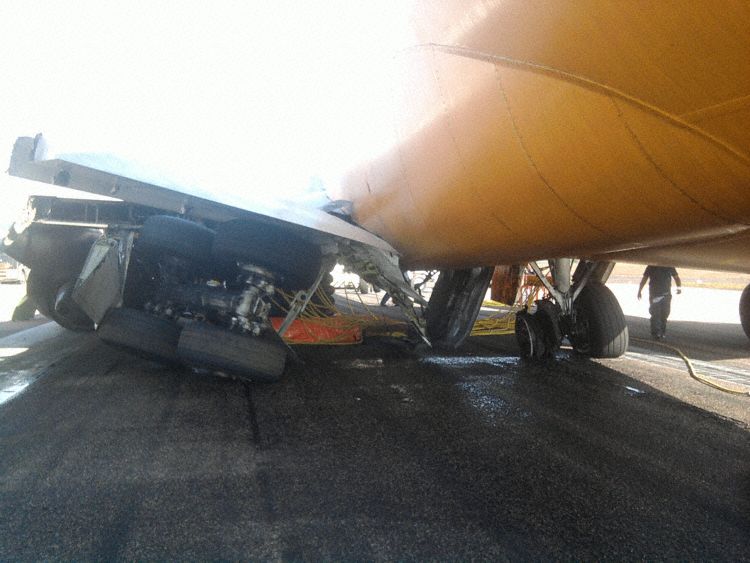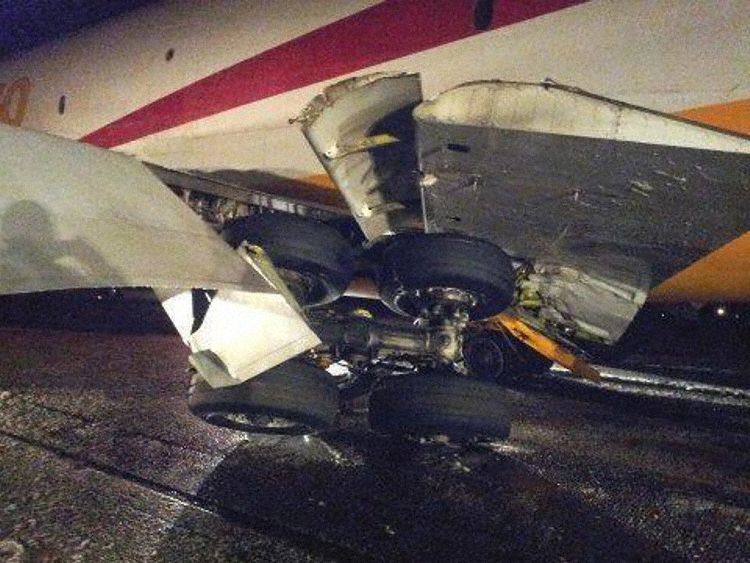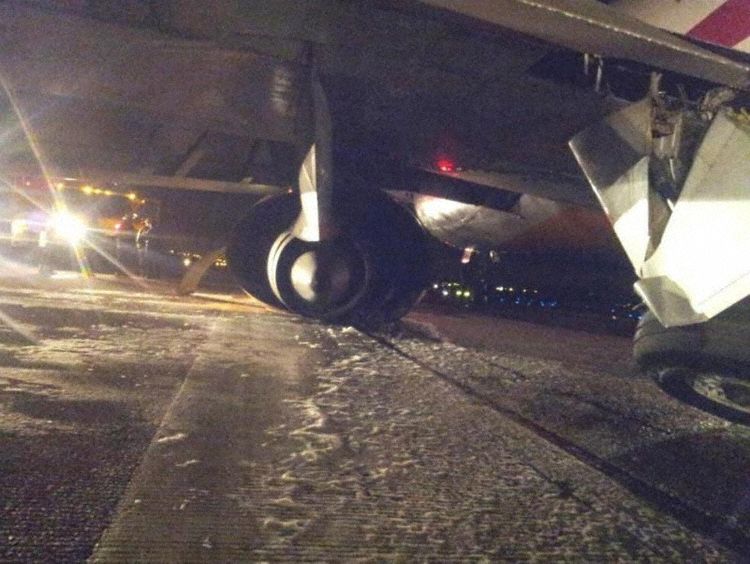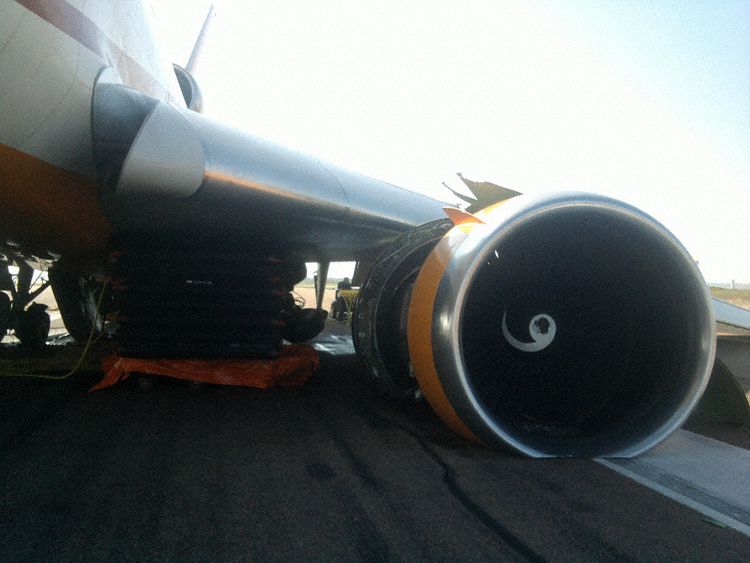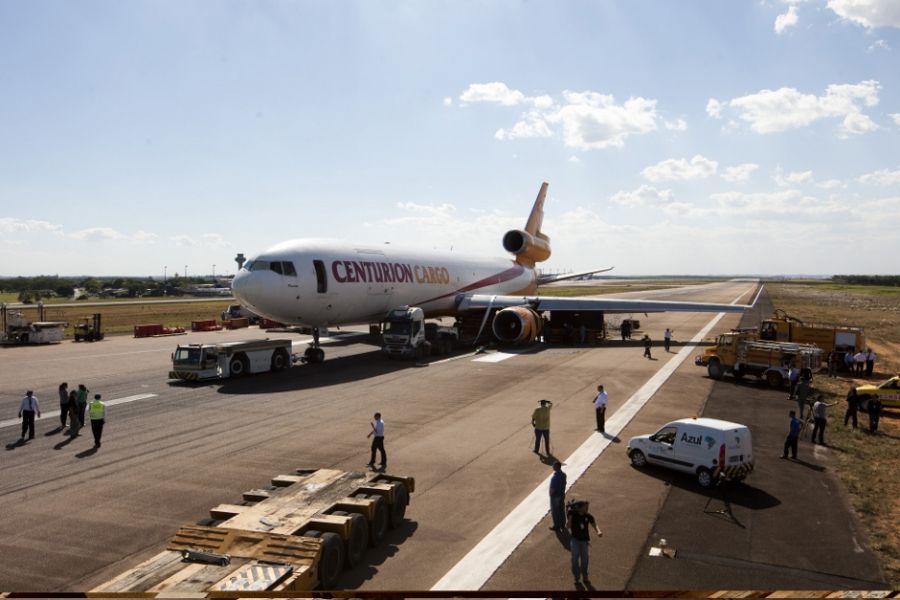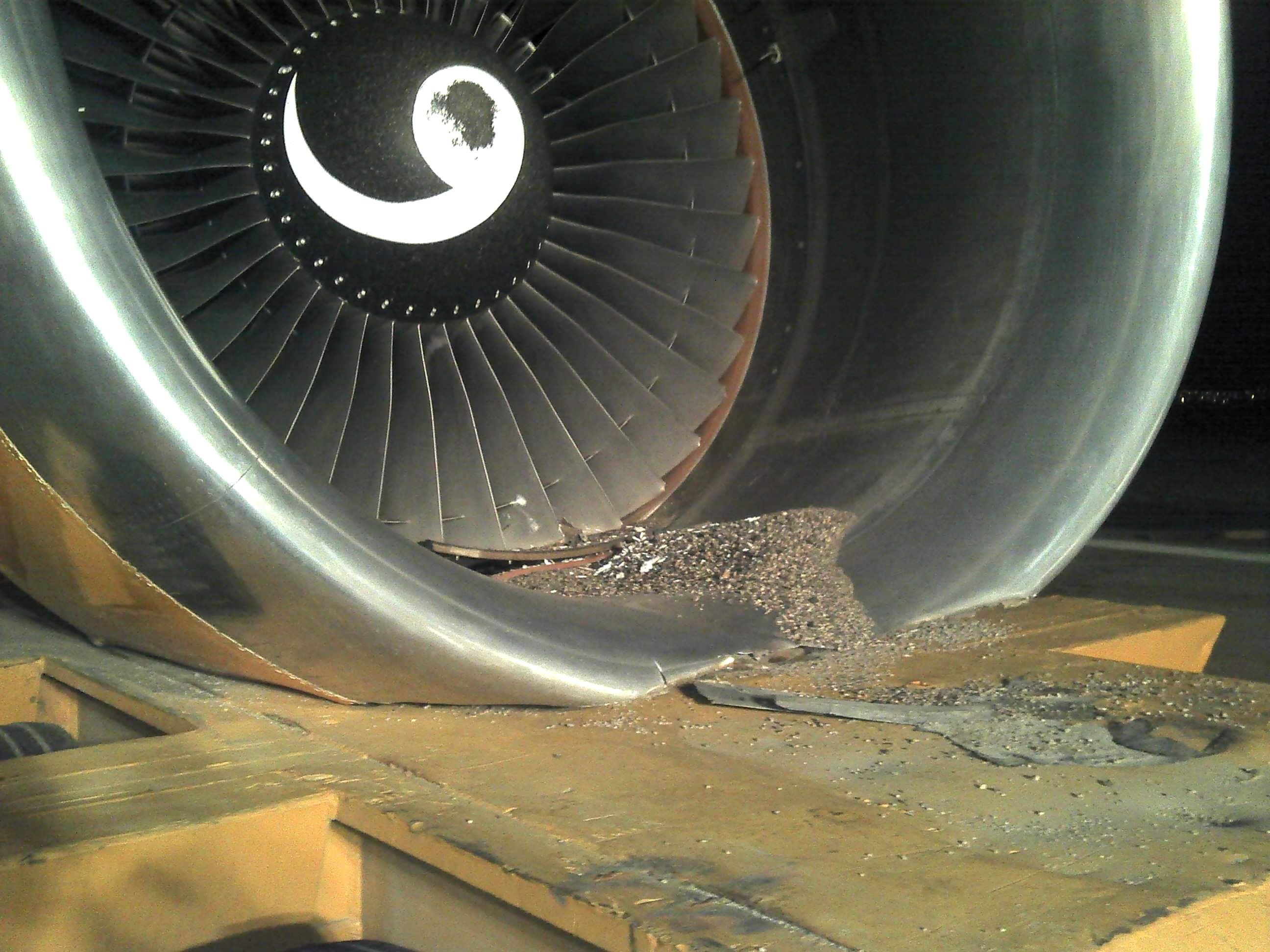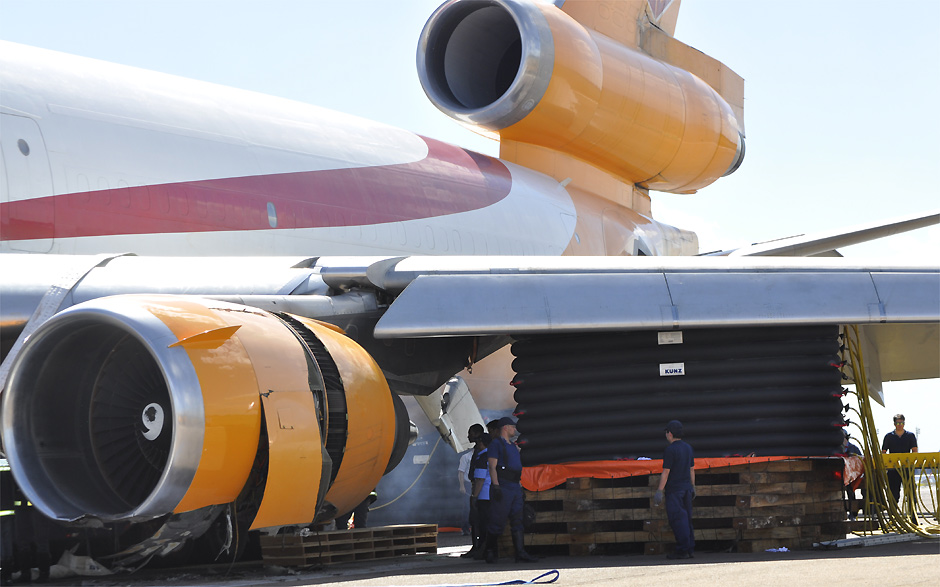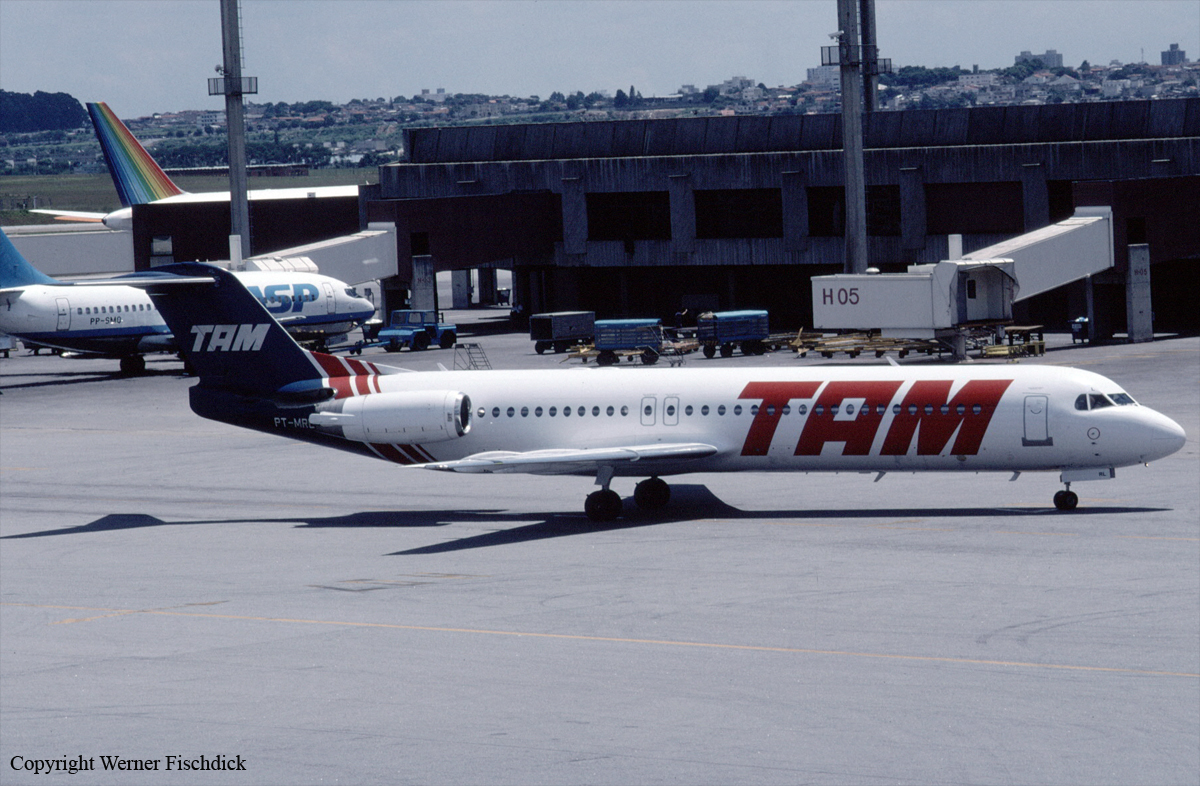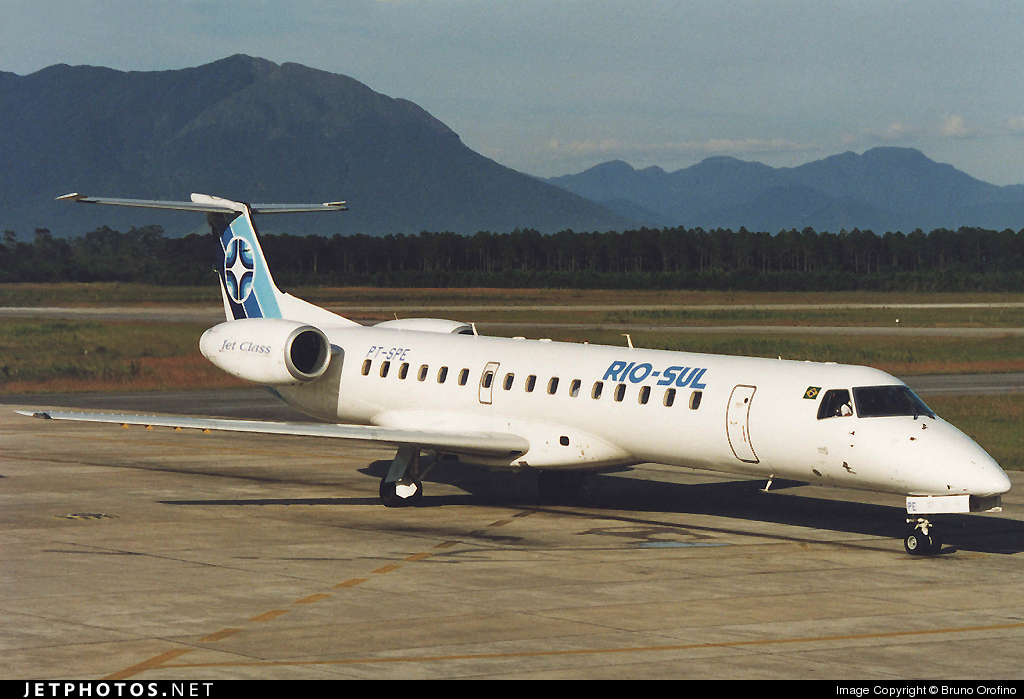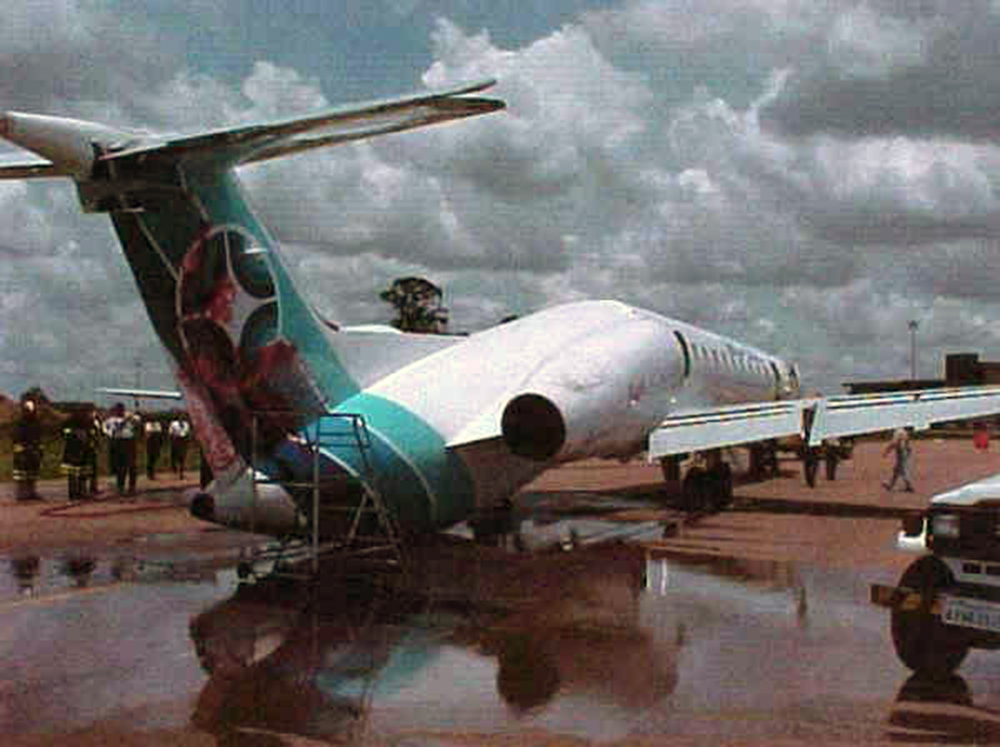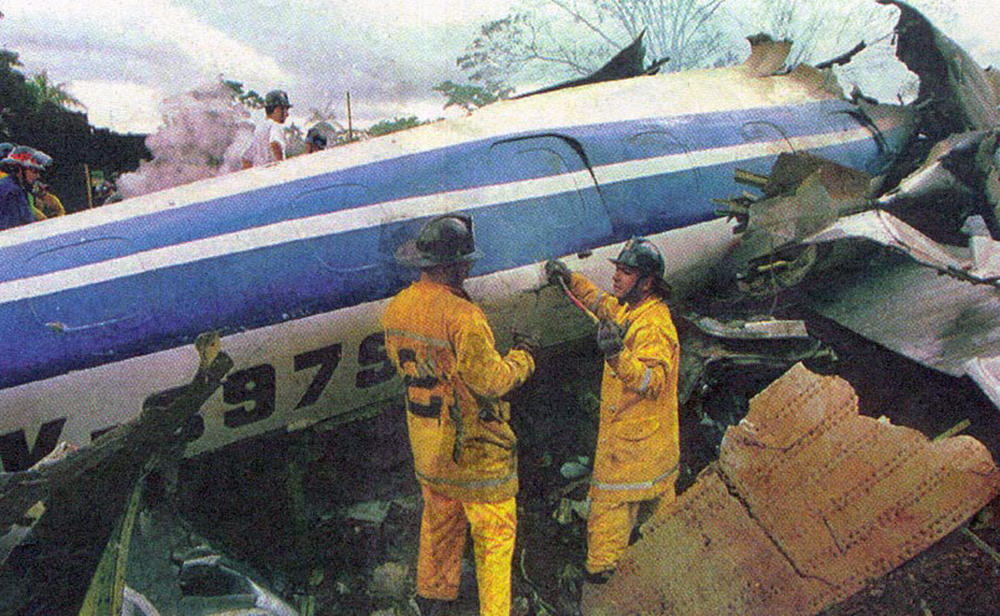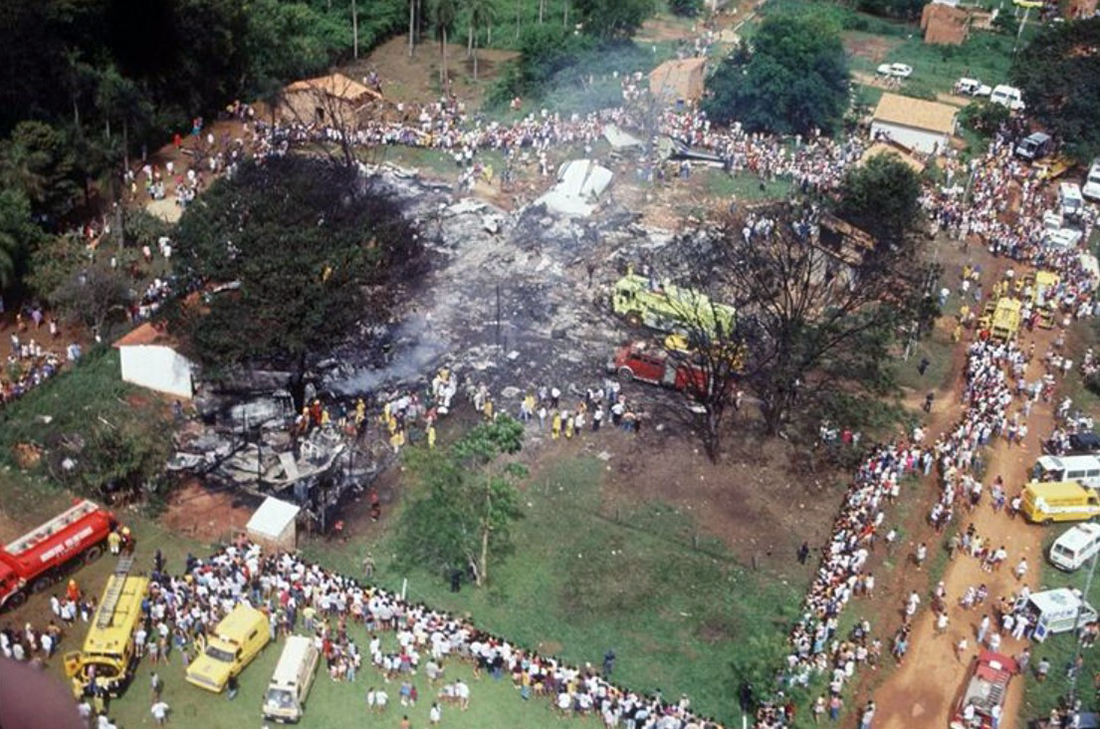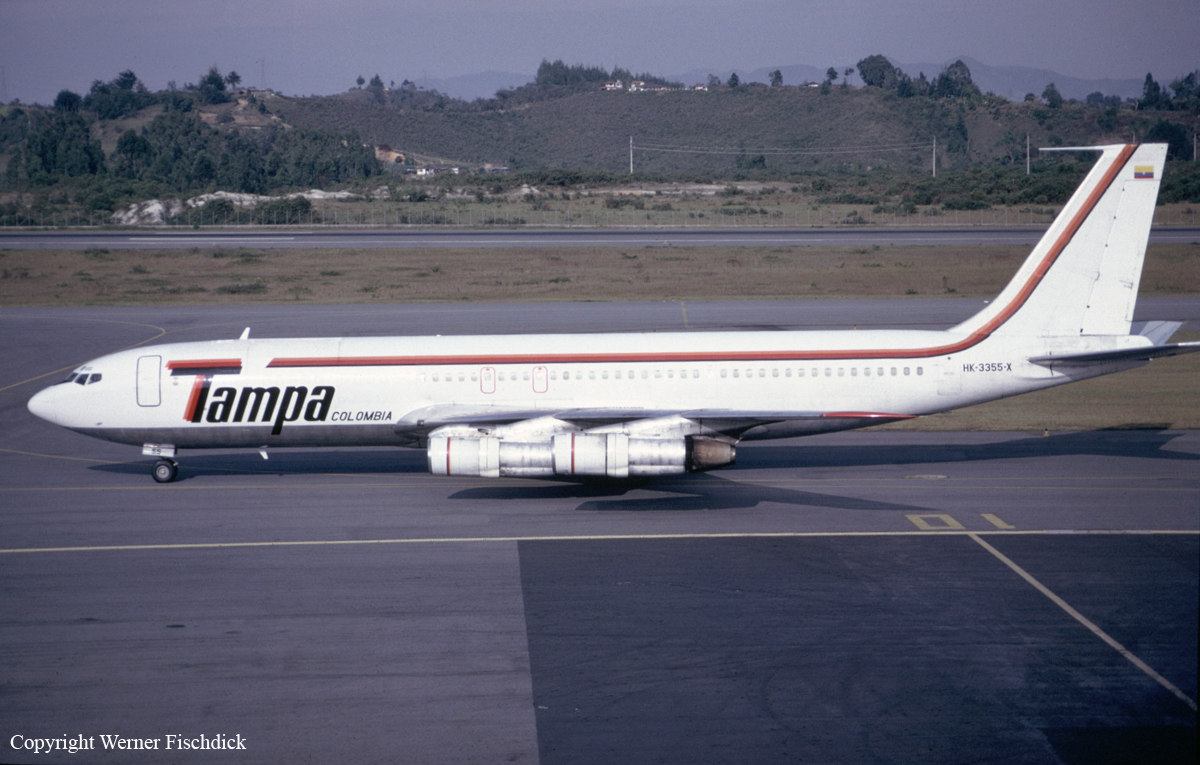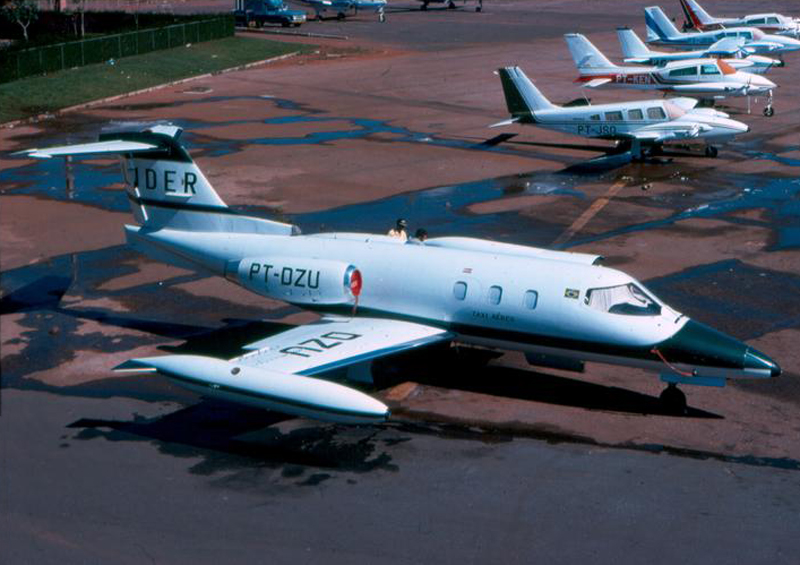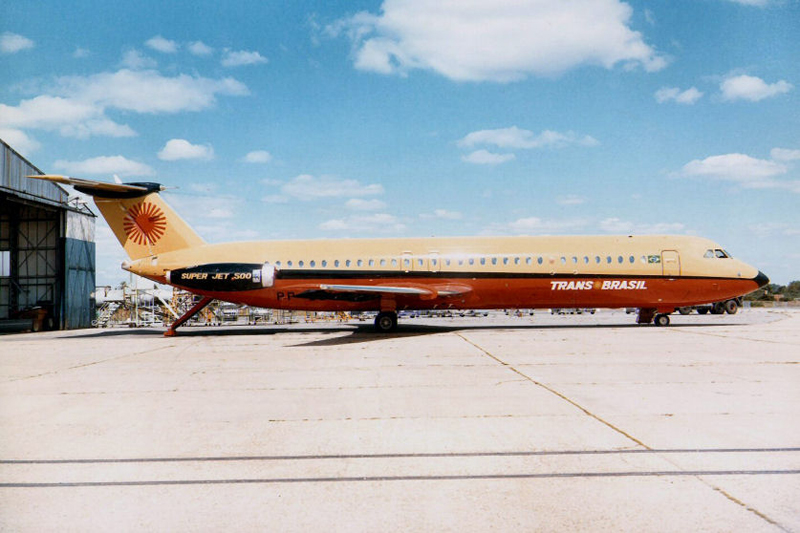Crash of an Embraer EMB-121A1 Xingu II in Campinas
Date & Time:
Apr 1, 2019 at 2347 LT
Registration:
PT-FEG
Survivors:
Yes
Schedule:
Sorocaba - Palmas
MSN:
121-057
YOM:
1982
Crew on board:
1
Crew fatalities:
Pax on board:
4
Pax fatalities:
Other fatalities:
Total fatalities:
0
Captain / Total hours on type:
276.00
Aircraft flight hours:
5683
Circumstances:
The twin engine airplane departed Sorocaba-Estadual Bertram Luiz Leupolz Airport at 2030LT on a flight to Palmas, Tocantins, carrying four passengers and one pilot. Few minutes after takeoff, the "FIRE" warning light on the alarm panel, related to the right engine of the aircraft, illuminated. The pilot shut down the right engine, declared an emergency and was cleared to divert to Campinas-Viracopos Airport. On approach, the airplane descended too low and the pilot made an emergency landing in a prairie located about 7 km short of runway 15 threshold. The wreckage was found less than a km from the Jardim Bassoli condominium and all five occupants, slightly injured, were evacuated. The aircraft was damaged beyond repair.
Probable cause:
Contributing Factors:
- Control Application - contributed.
The difficulty in coordinating the aircraft due to its single-engine flight condition indicated that improper control application contributed to the outcome of this event. Additionally, the early configuration of the aircraft, with the landing gear lowered and flaps at 100%, led it to descend on a glide path below the recommended one, affecting the achievement of the necessary parameters for landing.
- Training - contributed.
The training process previously received by the PIC (Pilot in Command) was insufficient, as it did not provide them with the full knowledge and technical conditions required for performing the duties of a pilot in command of the EMB-121 A1, either due to a lack of training or the low quality of the training received.
- Pilot Judgment - contributed.
The inadequate training led to improper evaluations of the parameters related to the aircraft's operation, contributing to the event. This included a poor assessment of the situation and lowering the landing gear and setting flaps to 100% without ensuring that the landing was secured.
- Control Application - contributed.
The difficulty in coordinating the aircraft due to its single-engine flight condition indicated that improper control application contributed to the outcome of this event. Additionally, the early configuration of the aircraft, with the landing gear lowered and flaps at 100%, led it to descend on a glide path below the recommended one, affecting the achievement of the necessary parameters for landing.
- Training - contributed.
The training process previously received by the PIC (Pilot in Command) was insufficient, as it did not provide them with the full knowledge and technical conditions required for performing the duties of a pilot in command of the EMB-121 A1, either due to a lack of training or the low quality of the training received.
- Pilot Judgment - contributed.
The inadequate training led to improper evaluations of the parameters related to the aircraft's operation, contributing to the event. This included a poor assessment of the situation and lowering the landing gear and setting flaps to 100% without ensuring that the landing was secured.
Final Report:
